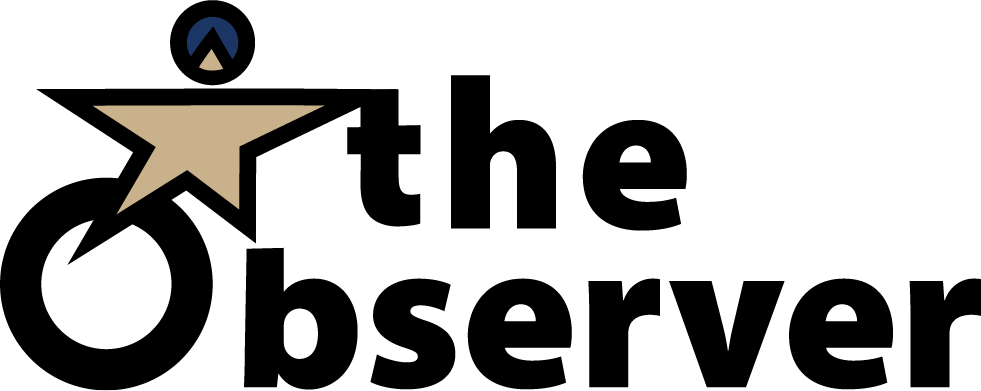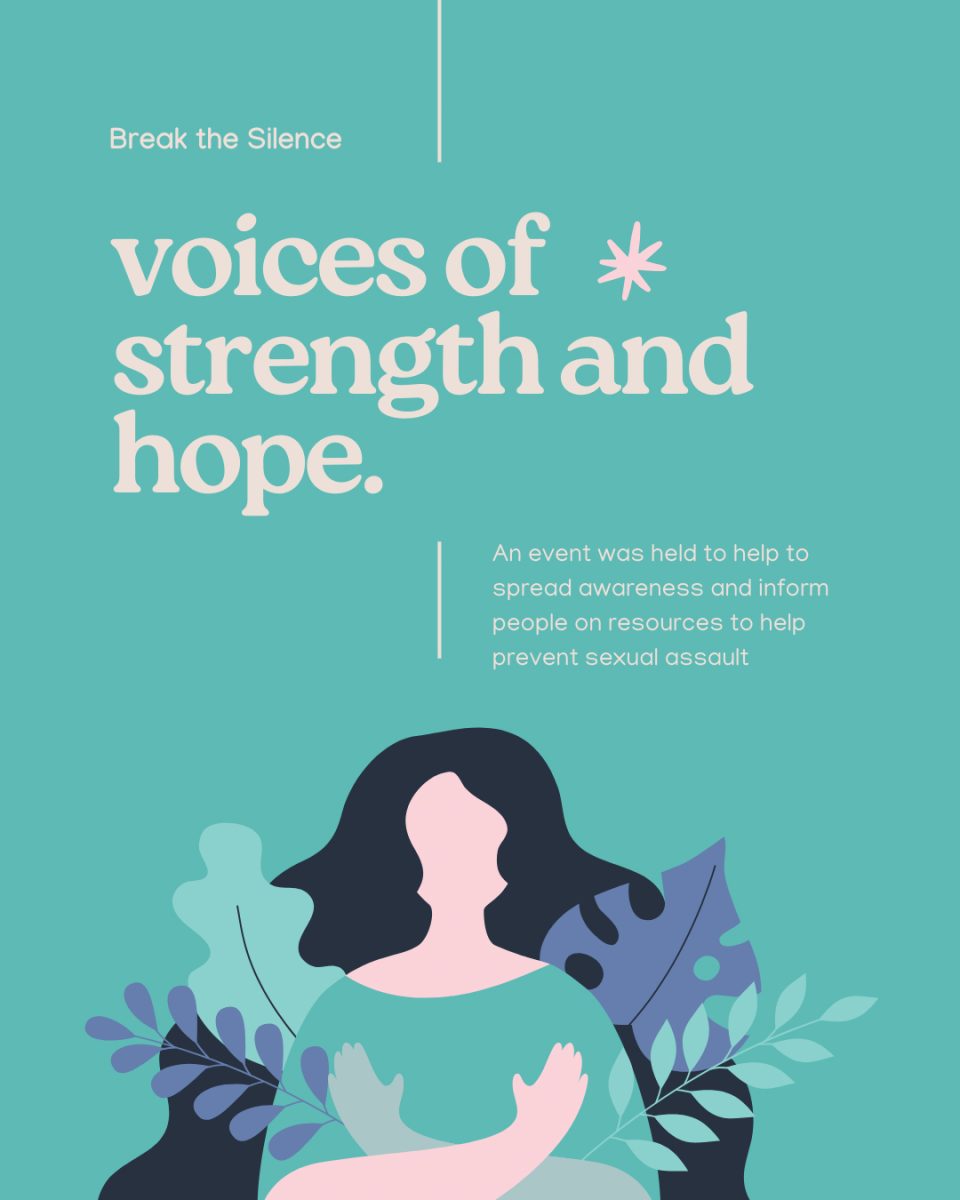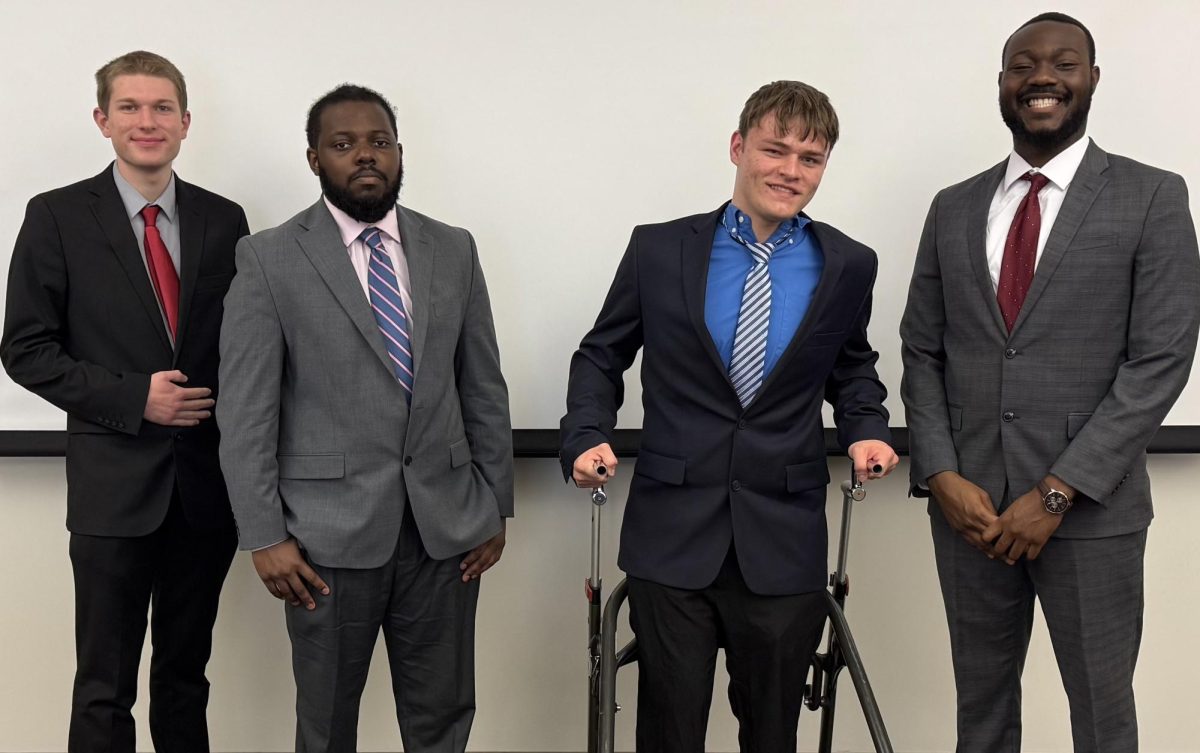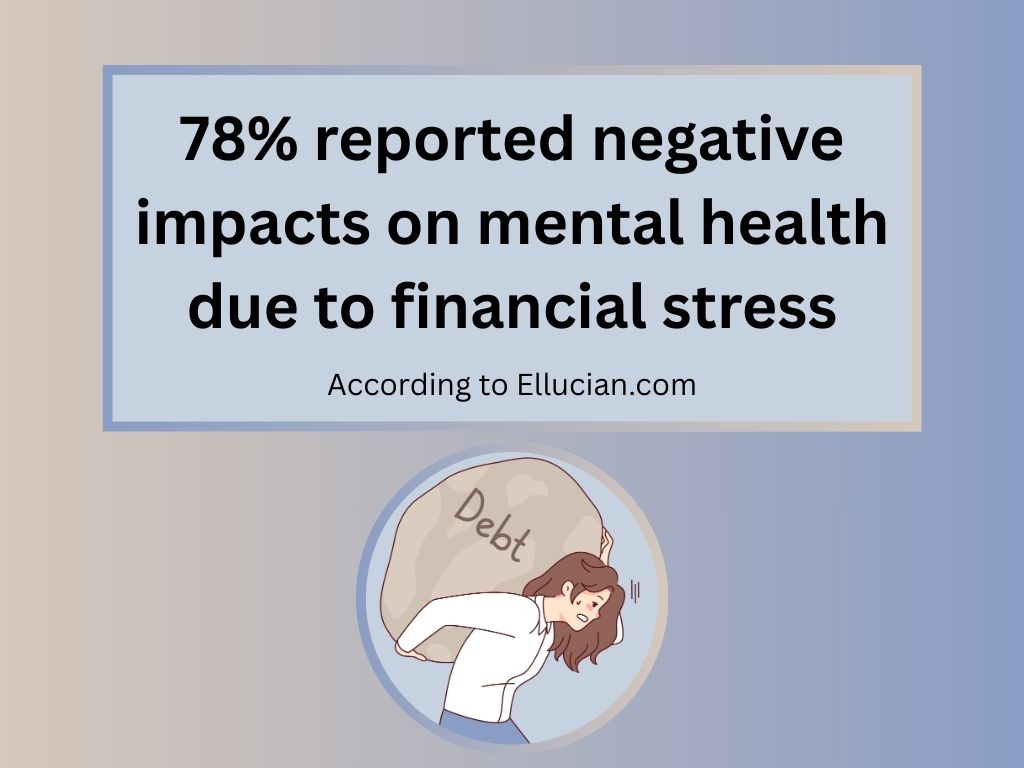Fitness test: To be fit or not to be, that’s the question
September 23, 2015
So I’ve decided I’m going to lose 20 pounds and start weightlifting to improve muscle tone. How did I come to this conclusion? I’m glad you asked.
It begins every day when I face this issue in the mirror as I get ready for the day. I look longingly at the clothes I no longer fit into and vow to diet and exercise. That vow seems to last until lunch, and then it’s out the window until the next morning.
I used to be one of those lucky people who could eat whatever they wanted, not exercise, and a not gain an ounce. I blame my weight gain on an increase in alcohol consumption and a diet of eating and drinking sugary substances. I do the basics when exercising. I walk my dog and walk on the treadmill when it’s convenient.
In short, diet and exercise hasn’t worked for me. The last time I had a fitness assessment was about six years ago, so I needed an updated look at my current situation to figure out my goals. So I turned to Alexandria Cosner, UIS Assistant Director of Athletics and Wellness, for help. I went to The Recreation and Athletic Center (TRAC) for a free fitness assessment and to get my options to improve my health, some free and some fee-based.
Sharing this personal health information with you is somewhat nerve-wracking. So, please, withhold your judgment. Ok, here’s what happened.
Campus recreation staff offer free assessments that measure things like flexibility, muscular endurance, and cardiovascular fitness. Then they can help design an exercise program tailored to you. UIS students are automatically members because they pay for TRAC facilities as part of the general fee for each school term.
I met Cosner last week and she introduced me to two students who are also UIS personal trainers, Ross LeClair and Megan Boerwinkle. They quickly got to work evaluating my current health. It started with measuring my resting blood pressure and heart rate. Next was skinfold measurements where they pinch your skin and fat in calipers in three different places – arm, thigh, and stomach – to look at body fat percentage. They weighed me (Oh dear!) and then put me through some tests.
The results were mixed into good news, bad news, and really bad news.
My resting blood pressure and heart rate were good (Yay!), although it may decline if I continue to smoke cigarettes. My cardio fitness was good and I excelled at sit-ups. I didn’t do that great with push-ups, barely able to sink down all the way to my chest and then push my body up again and my flexibility was lacking.
Here’s the really bad news. After crunching the numbers, Cosner told me I had an above average percentage of body fat. Yikes!! My last assessment was at least ten percent lower than current figures. I immediately flashed back to all the sugar I’ve been eating, and then there’s all the alcohol I’ve been consuming over the past couple years. Clearly, these unhealthy habits have taken their toll.
“It’s not terrible,” Cosner said, seeing my concerned face. “If you can decrease the amount of fat tissue you have, increase the lean [muscle], the scale might still say a little bit on the heavier side compared to what you really want, but you’re healthy and your body fat percentage is down.”
Cosner recommended I work on upper-body strength, judging by my performance on push-ups, and on stretching to improve flexibility. She also suggested upping the intensity of my cardio workouts to help burn fat and speed up my metabolism.
I learned that I need to make a lifestyle change and to make small goals so I stick with my new exercise and diet routine, which Cosner said was “very doable” and could take at least six months of work. Here are the facts on what I learned.
•Building up body fat can happen because of metabolism changes as early as 25 years old. It can also add up for people who are sedentary or have a poor diet. Cosner said weight is 80 percent diet and 20 percent exercise, so what you’re eating has a big influence on what you weigh.
•Focus on healthy choices by filling my plate with colorful food like vegetables, fruits, whole grains, and protein. Avoid foods with high levels of trans fats, saturated fats, carbohydrates, and sugars.
•Be careful of liquid calories. Just because it says zero calories doesn’t mean you won’t gain weight because of the sugar in the drink.
•Going gluten-free is not the most effective way to lose weight and is mostly for people who get sick, usually due to celiac disease, from digesting wheat protein.
•Eating a lot of small meals throughout the day helps your metabolism work faster and keeps the blood sugar from dramatic spiking. Eat more calories if you are working out. Eat slowly to better feel when you’re full so you don’t overeat.
•One night of drinking can put your exercise program behind by a week, said Boerwinkle. It can also cause you to overeat.
Some fitness options UIS offers include personal training, exercise classes and exercise equipment and indoor sports areas. One session of personal training is $12 an hour, with sessions dropping to $10.75 an hour for a pack of 12 sessions.
“We’re not here for the money,” Cosner said. “We’ve tried to make it more cost-effective. We want to see you doing it on your own.”
Group fitness classes at TRAC are free, as are the workout equipment and sports areas and two racquetball courts.
For more information, visit http://www.uis.edu/campusrec/facilities/trac/












